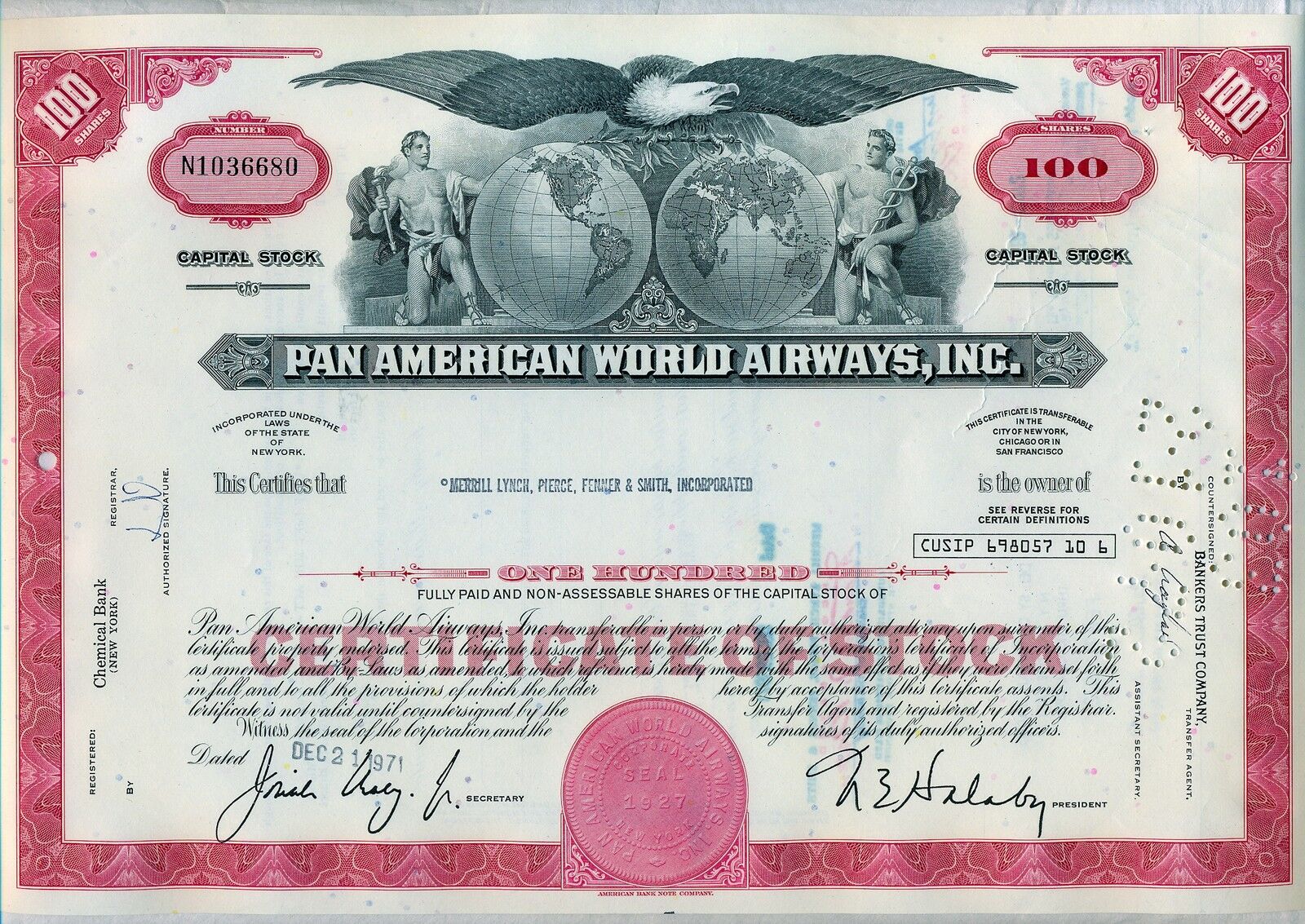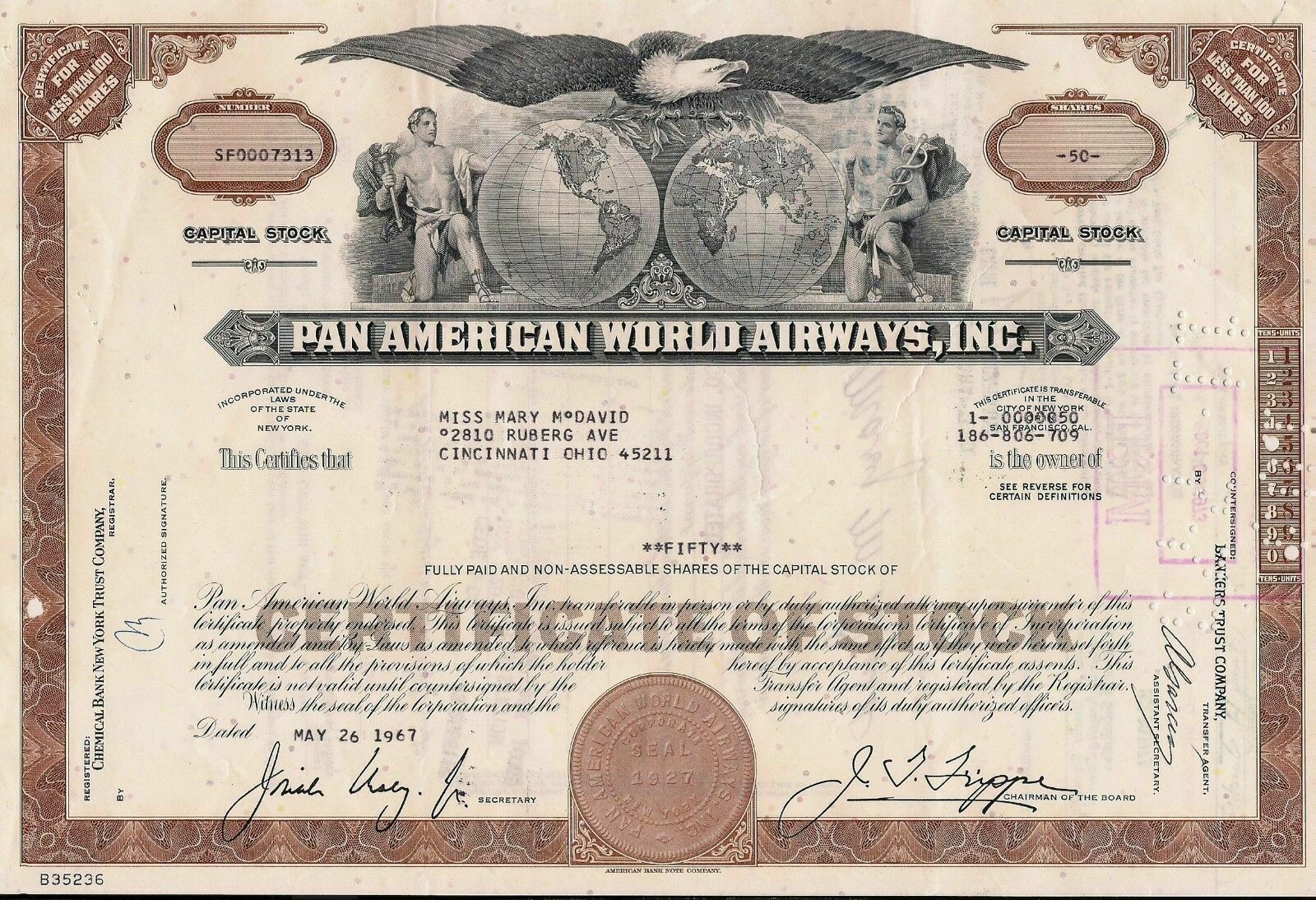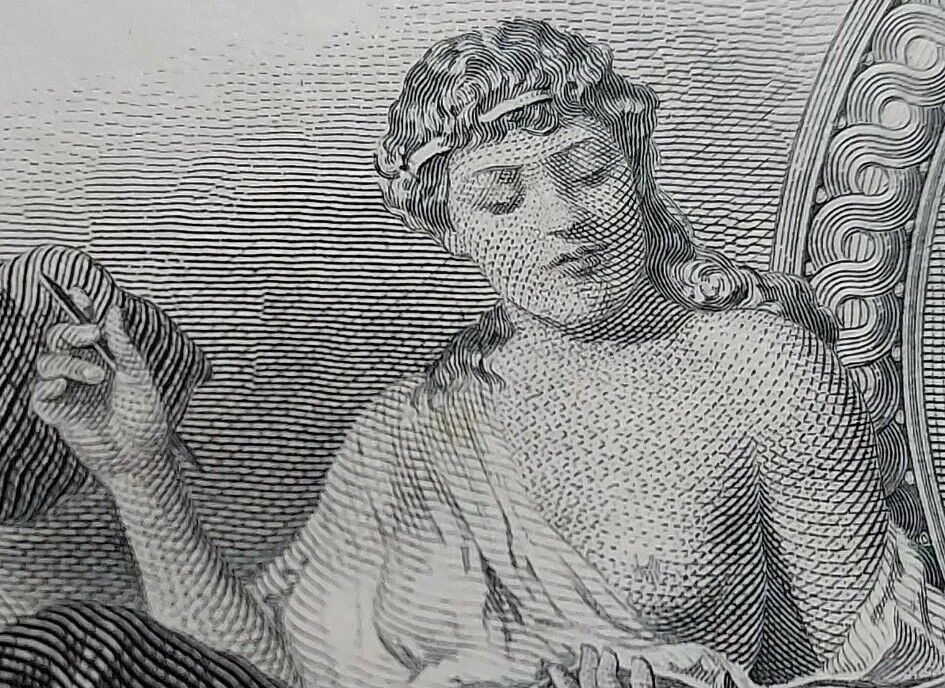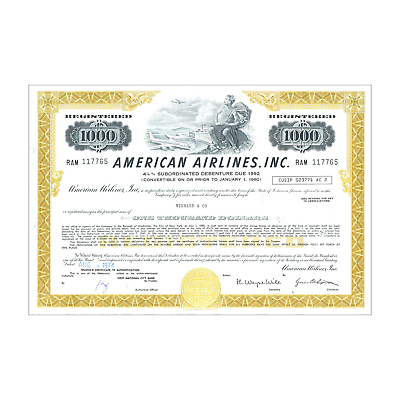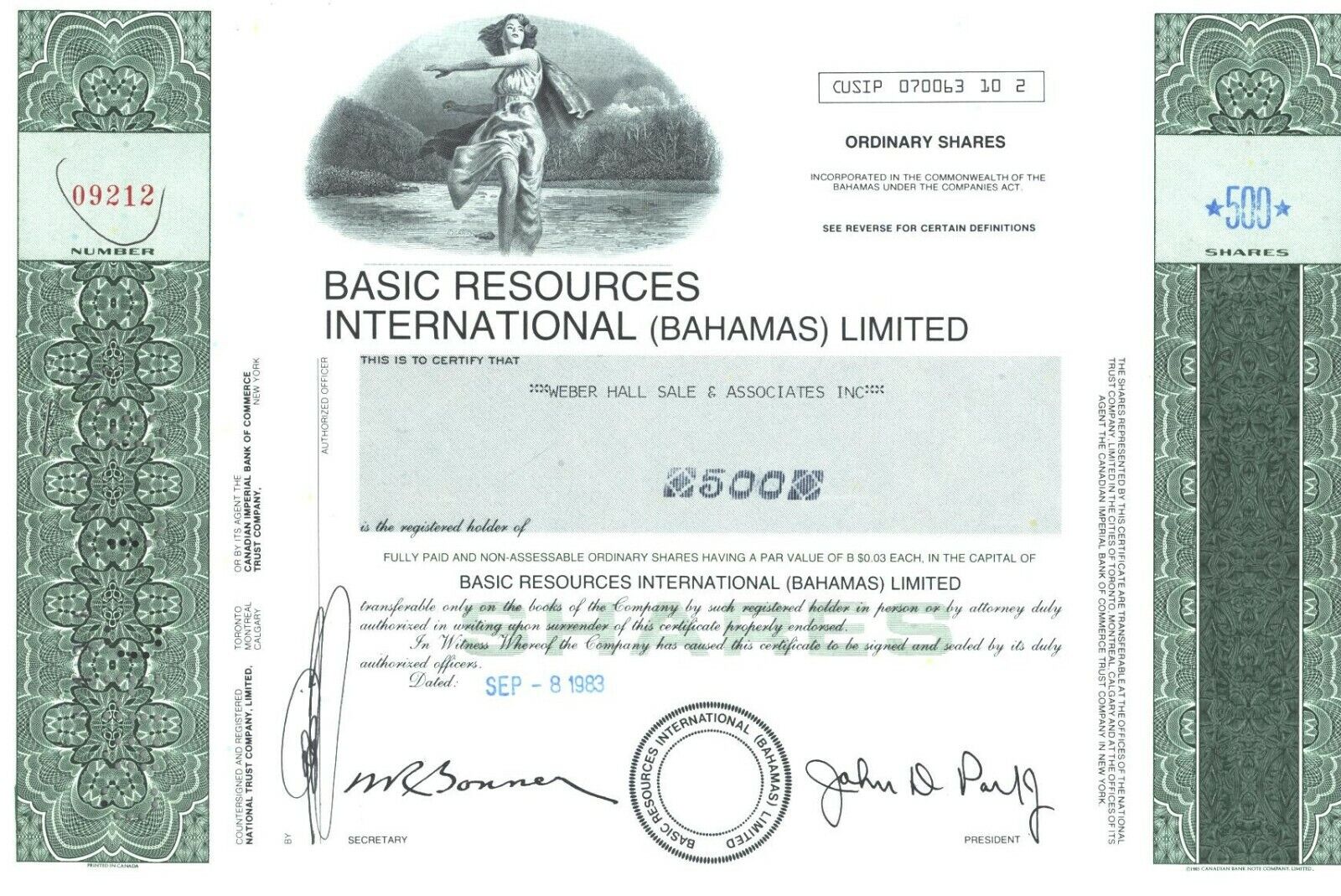-40%
Pratt & Whitney Company Stock Certificate
$ 23.76
- Description
- Size Guide
Description
Product DetailsBeautifully engraved antique stock certificate from the Pratt & Whitney Company dating back to the 1890's. This document was printed by the International Bank Note Company, and measures approximately 11" (w) by 7 1/4" (h).
This certificate's vignette features the Mercury allegory at a drafting table.
Images
The images presented are representative of the piece(s) you will receive. When representative images are presented for one of our offerings, you will receive a certificate in similar condition as the one pictured; however dating, denomination, certificate number and issuance details may vary.
Historical Context
Pratt and Whitney Company was founded in 1860 by Francis Pratt and Amos Whitney. Just one year later, the Civil War begins, and P&W begins manufacturing guns and gun making machinery. P&W put into practice the concept of interchangeable parts that had been pioneered by Samuel Colt, Elijah Root, Amos Whitney’s cousin Eli, and others. Their method depended on the use of accurate gages. At this time, there was no standard for the commercial inch.
In 1869, Francis Pratt and Amos Whitney hire Worcester Warner to design gear cutting machines and Ambrose Swasey to build telescopes (they both leave Pratt & Whitney in 1880 to form Warner & Swasey). That same year, P&W is formally incorporated in the State of Connecticut.
In 1879, William Rogers and George Bond begin development work on a machine that later would establish the ‘standard for the inch’. In 1880, a set of master bars accurate to millionths was made at P&W under the supervision of Rogers and Bond.
In 1882, the famous device known as the Rogers-Bond Comparator was perfected – it is currently displayed at Smithsonian, in Washington, DC.
In 1885 P&W introduces the Standard Measuring Machine, making accurate measurements possible.
In 1889, P&W patents the first coin-operated telephone.
In 1890, Mark Twain finances the development of the Paige Typewriter.
In 1893, the "inch" is legally defined as a fraction of the International Meter of the metric system. In 1898 Francis Pratt retires. He dies just 4 years later.
In 1909, P&W begins production of the Standard Measuring Machines.
In 1920, Amos Whitney dies.
In 1925, Frederick Rentschler approaches P&W, looking for funds and a location to build his new aircraft engine. P&W loans him 0,000, the use of the Pratt & Whitney name, and space in their building. This was the beginning of the Pratt & Whitney Aircraft Company. Pratt & Whitney's first engine was called the Wasp, completed on Christmas Eve 1925. The Wasp developed 425 horsepower on its third test run. It easily passed the Navy qualification test in March 1926, and by October the Navy had ordered 200 engines. The Wasp exhibited speed, climb, performance and reliability that revolutionized American aviation.
In 1929, Frederick Rentschler, ended his association with Pratt & Whitney Machine Tool and formed United Aircraft and Transport Corporation, the predecessor to today's United Technologies. His agreement allowed Renstchler to carry the name with him to his new corporation.


